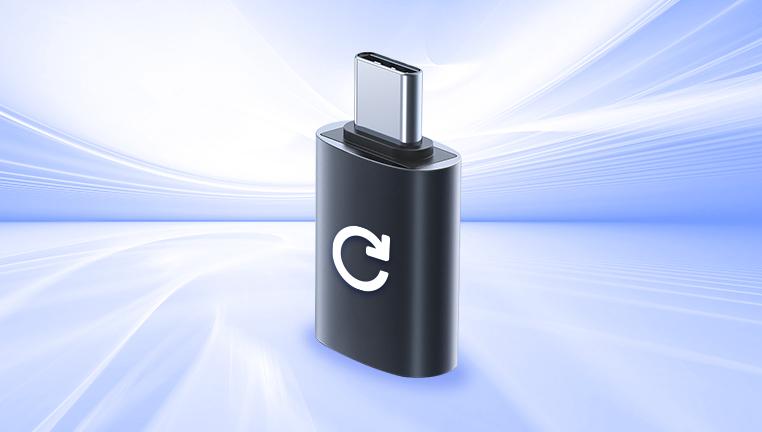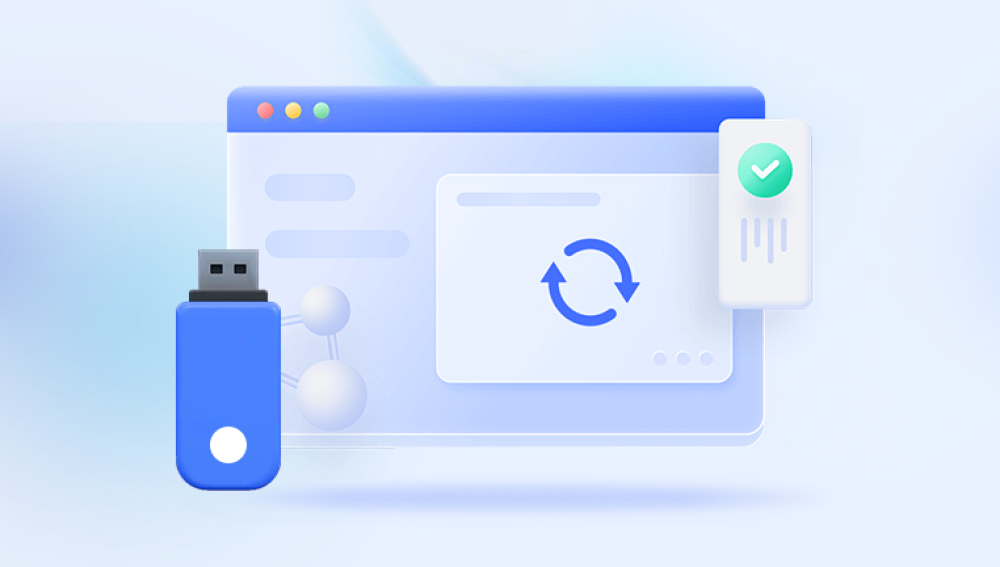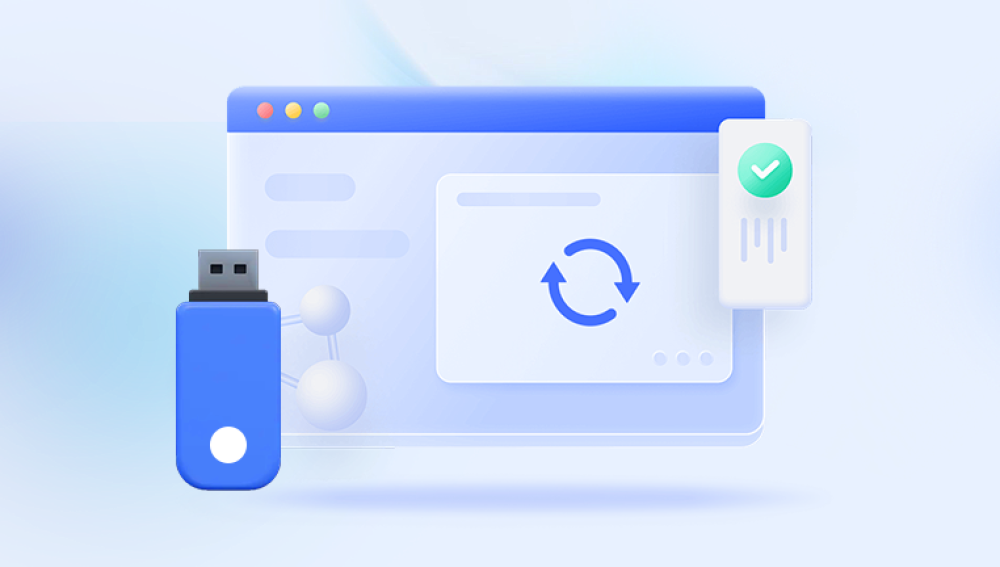USB (Universal Serial Bus) flash drives use flash memory to store data, offering a compact, rewritable, and non-volatile storage solution. But despite their utility, they are prone to issues like:
Each of these can result in partial or total data loss. But recovering files is often possible, depending on the nature of the problem.
Chapter 1: Common Causes of USB Data Loss
1. Accidental Deletion
Deleting files manually or formatting the USB drive wipes out visible access to your data. Fortunately, unless overwritten, deleted data often remains on the drive and can be recovered with appropriate software.

2. Corruption Due to Improper Ejection
Removing the USB drive without using "Safely Remove Hardware" can cause file system corruption, rendering the drive unreadable.
3. Virus or Malware Infection
Malicious software can hide or delete files, or even corrupt the drive.
4. File System Errors
File systems like FAT32 and NTFS may encounter logical issues, preventing file access.
5. Physical Damage
If the drive is bent, cracked, or exposed to water or heat, physical damage might make recovery more complex and require professional help.
Chapter 2: First Steps Before Recovery
1. Stop Using the Drive
Avoid adding, deleting, or modifying files. This prevents overwriting recoverable data.
2. Inspect the USB Drive
Check for physical damage. If damaged, do not attempt DIY fixes. Use a professional data recovery service.
3. Try Basic Troubleshooting
Use a different USB port
Test on another computer
Check Disk Management (Windows) or Disk Utility (Mac)
If your system recognizes the drive but not the files, recovery chances are higher.
Chapter 3: Recovery Software Solutions
Drecov Data Recovery
Drecov Data Recovery stands out as a trusted, beginner-friendly solution for retrieving files from a USB drive. Whether your USB has been accidentally formatted, corrupted due to improper ejection, or affected by a virus, Drecov Data Recovery simplifies the recovery process with a clean interface and powerful scanning capabilities.
To begin, download and install Drecov Data Recovery on your computer. Once launched, insert the affected USB drive. The software will automatically detect connected external devices. From the main menu, select the USB drive in question and choose your preferred scan method—Quick Scan for recently deleted files or Deep Scan for more severe data loss situations, such as drive formatting or logical corruption.
After scanning, the software presents a list of recoverable files organized by file type and format. Users can preview these files before recovery, ensuring accuracy. Once selected, recover the files to a different drive to avoid overwriting.
Chapter 4: Step-by-Step Recovery Using Drecov Data Recovery
Download and install Drecov Data Recovery.
Insert your USB drive and wait for it to be recognized.
Launch the software and choose the USB drive.
Select scan mode:
Quick Scan: For recently deleted files.
Deep Scan: For corrupted or formatted drives.
Preview the results once the scan completes.
Select files to recover.
Choose a different location (not on the USB) to save recovered files.
Chapter 5: Manual Recovery Options
1. Command Prompt (Windows)
You can attempt to recover hidden files:
attrib -h -r -s /s /d G:\*.*
Replace G: with your USB drive letter. This command reveals hidden files.
2. File History or Backup
If you have File History enabled on Windows, or Time Machine on Mac, you might restore files from previous backups.
Chapter 6: Professional Data Recovery Services
If software fails or the drive is physically damaged, professional help is advised. These services disassemble and repair the drive using cleanroom facilities.
What to expect:
Free evaluation
No data, no fee policies (usually)
Confidentiality agreements
Examples:
DriveSavers
Secure Data Recovery
Ontrack
Chapter 7: Preventing Future Data Loss
1. Regular Backups
Always maintain a second copy of important files on external hard drives or cloud storage.
2. Safely Remove Hardware
Always eject the drive properly to avoid file corruption.
3. Use Antivirus Software
Protect your system and drives from malware.
4. Avoid Physical Damage
Store USBs in cases and avoid exposure to extreme conditions.




